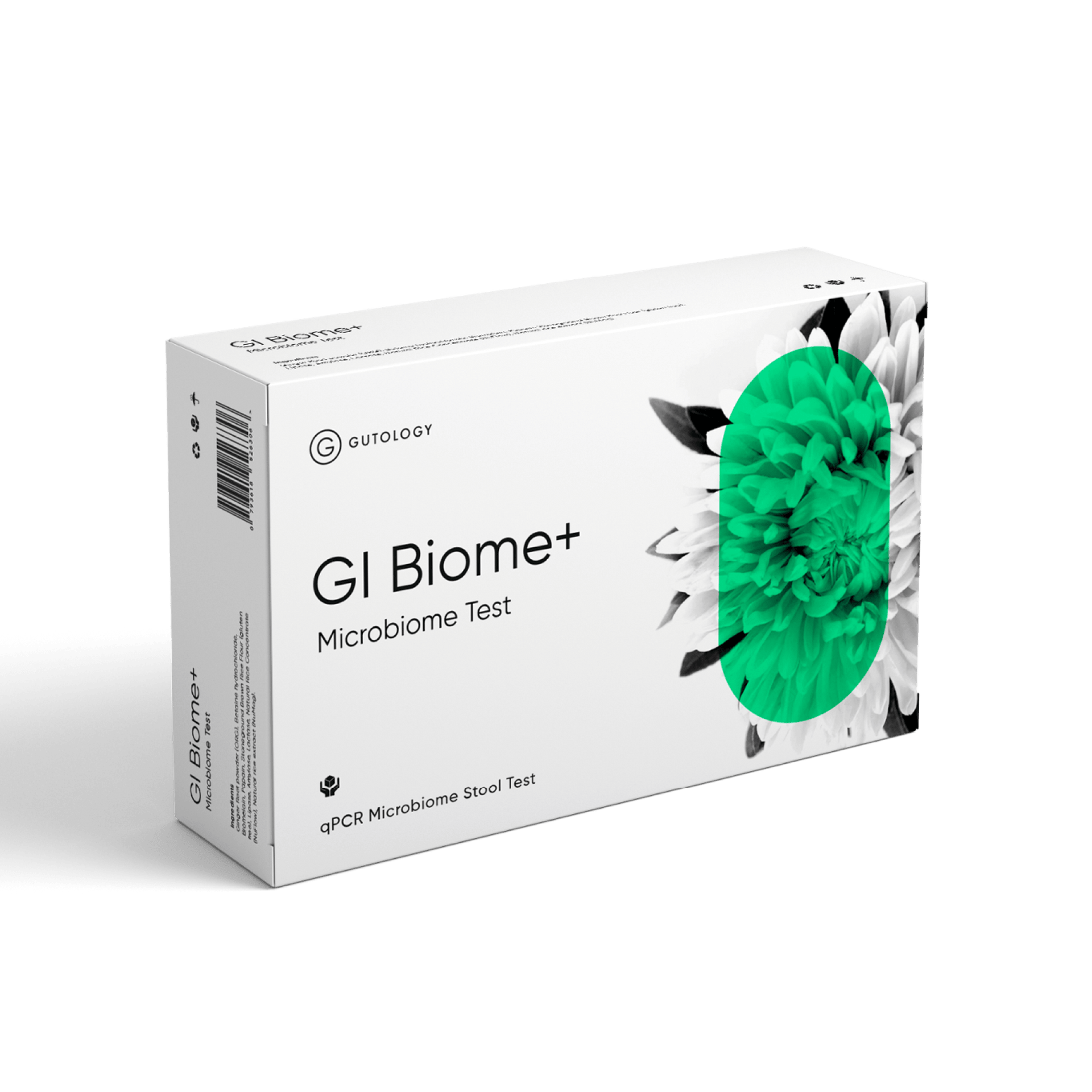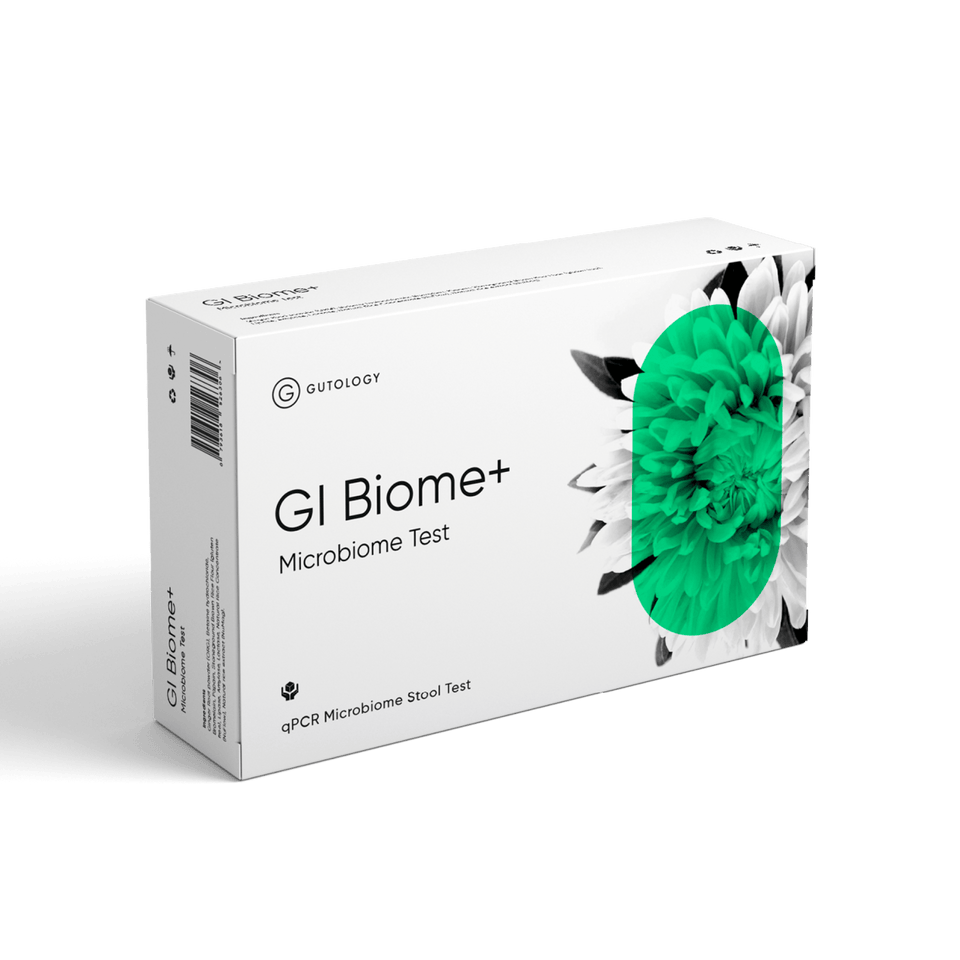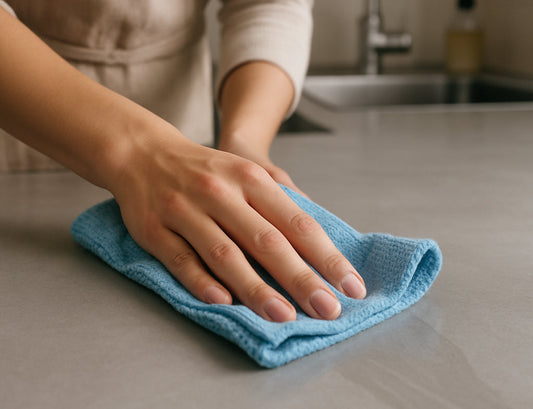Both MARCoNS (Multiple Antibiotic-Resistant Coagulase-Negative Staphylococci) and environmental mould exposure are increasingly recognised for their impact on chronic inflammation and immune dysregulation. Though separate in origin, these two microbial forces often coexist in individuals with persistent sinus, respiratory, or systemic inflammatory symptoms.
MARCoNS: Antibiotic-Resistant Bacteria with Systemic Effects
What are MARCoNS?
MARCoNS are a subtype of coagulase-negative staphylococci (CoNS) that colonise the nasal passages and are resistant to multiple antibiotics. While CoNS are generally considered part of the normal skin flora, their role changes when they acquire resistance and form biofilms - dense bacterial communities that adhere to mucosal surfaces and resist clearance.
In patients with chronic inflammatory illnesses, MARCoNS have been found to form biofilms that resist antibiotic treatment and can persistently activate the immune system, leading to symptoms that extend far beyond the nasal cavity.
Mechanisms of harm:
MARCoNS can suppress melanocyte-stimulating hormone (MSH), a neuropeptide involved in regulating inflammation and immune function. Low MSH levels are associated with:
- Chronic fatigue
- Hormonal dysregulation
- Sleep disturbances
- Persistent pain syndromes
This suppression may contribute to a chronic inflammatory response, particularly in individuals with ongoing exposure to environmental triggers like mould.
Mould: A Multi-System Environmental Disruptor
More than an allergen:
Indoor mould exposure is not just a trigger for asthma and allergies; it can also initiate complex immune responses and contribute to multi-system inflammatory symptoms, especially in genetically or immunologically susceptible individuals.
Well-documented respiratory effects include:
- Increased risk of childhood asthma
- Chronic rhinosinusitis and bronchial inflammation
- Worsening of existing respiratory illnesses
Studies have found significant associations between indoor dampness and mould and increased risk of asthma, cough, and wheezing in both children and adults.
Systemic effects:
Long-term exposure to mycotoxins (toxins produced by certain mould species) has been associated with:
- Neurological symptoms
- Mood disturbances
- Chronic fatigue
- Immune dysregulation
While not all individuals exposed to mould develop systemic symptoms, those who do often report persistent fatigue, cognitive dysfunction, and inflammatory markers indicative of immune system activation.
The Link Between MARCoNS and Mould: A Vicious Cycle
Though MARCoNS and mould are distinct in nature, research and clinical observation suggest they often coexist and potentiate each other's effects:
- Mould exposure can disrupt mucosal immunity, impair natural bacterial defences and allow MARCoNS colonisation.
- MARCoNS, in turn, can maintain or worsen inflammation even after environmental mould has been remediated.
- This dynamic interplay can contribute to Chronic Inflammatory Response Syndrome (CIRS), a condition associated with immune dysfunction, fatigue, and cognitive symptoms following mould or biotoxin exposure.
What You Can Do
- Evaluate your environment - Check for signs of dampness, water damage, or visible mould. Even hidden mould behind walls can produce airborne spores and mycotoxins.
- Get tested - A nasopharyngeal culture may reveal MARCoNS colonisation, particularly in patients with chronic sinusitis or symptoms of systemic inflammation.
-
Address both the environment and the microbiome - Effective treatment often requires:
- Environmental remediation of mould
- Use of nasal sprays or biofilm disruptors (under guidance)
- Immune support therapies, particularly in cases of low MSH or ongoing inflammation
- Adopt a holistic view - Treating MARCoNS without addressing the mould exposure - or vice versa -may lead to persistent symptoms or recurrence. These issues are often interlinked and benefit from a multi-faceted approach.
The Takeaway
MARCoNS and mould are not just isolated problems of the nose or the home - they are powerful microbial stressors that can disrupt immune function, trigger chronic inflammation, and deeply affect quality of life. By understanding their distinct roles and interplay, individuals and clinicians can pursue more targeted, effective interventions.








